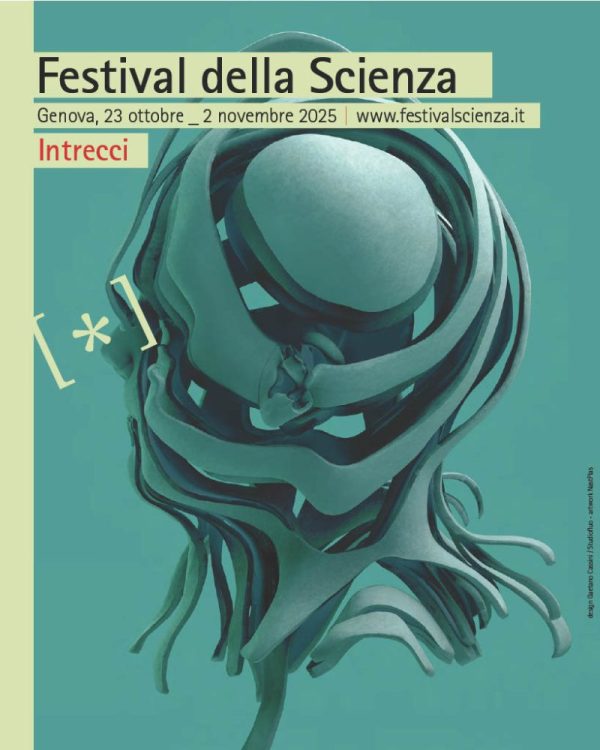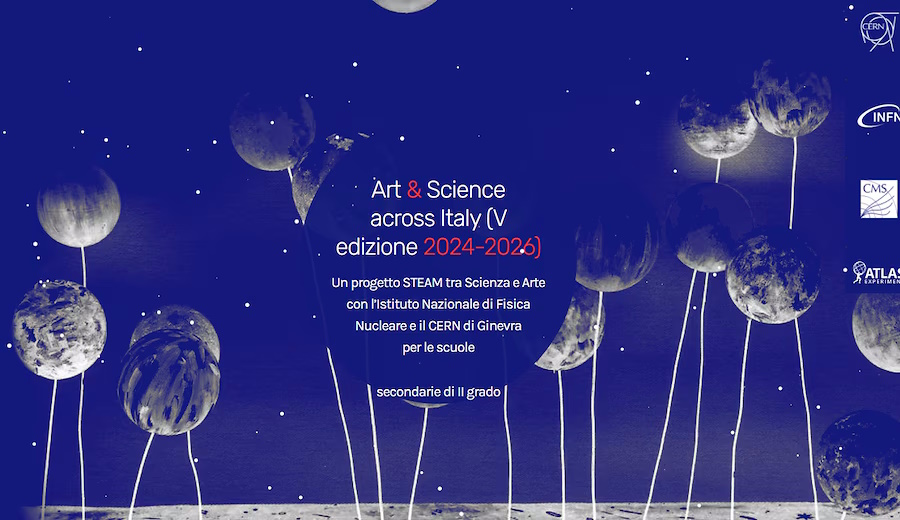La sezione di Genova dell’INFN opera nel Dipartimento di Fisica dell’Università di Genova, con cui è legata da un profondo rapporto di collaborazione e cooperazione. Le attività di ricerca nel campo della fisica ebbero inizio a Genova già nel 1954 dopo la chiamata di Ettore Pancini alla cattedra di Fisica sperimentale dove costruì un nuovo Istituto universitario, che con gli anni divenne la sede della Sezione genovese dell’ente di ricerca.Oggi la Sezione è attiva su molte delle linee di ricerca dell’Ente, dalla fisica delle particelle, con e senza acceleratori, alla fisica nucleare, all’astrofisica e alle onde gravitazionali, alla fisica teorica e allo sviluppo di nuove tecnologie.
Benvenuto nel sito della Sezione di Genova dell’INFN
La sezione di Genova dell’INFN opera nel Dipartimento di Fisica dell’Università di Genova, con cui è legata da un profondo rapporto di collaborazione e cooperazione. Le attività di ricerca nel campo della fisica ebbero inizio a Genova già nel 1954 dopo la chiamata di Ettore Pancini alla cattedra di Fisica sperimentale dove costruì un nuovo Istituto universitario, che con gli anni divenne la sede della Sezione genovese dell’ente di ricerca.Oggi la Sezione è attiva su molte delle linee di ricerca dell’Ente, dalla fisica delle particelle, con e senza acceleratori, alla fisica nucleare, all’astrofisica e alle onde gravitazionali, alla fisica teorica e allo sviluppo di nuove tecnologie.

















